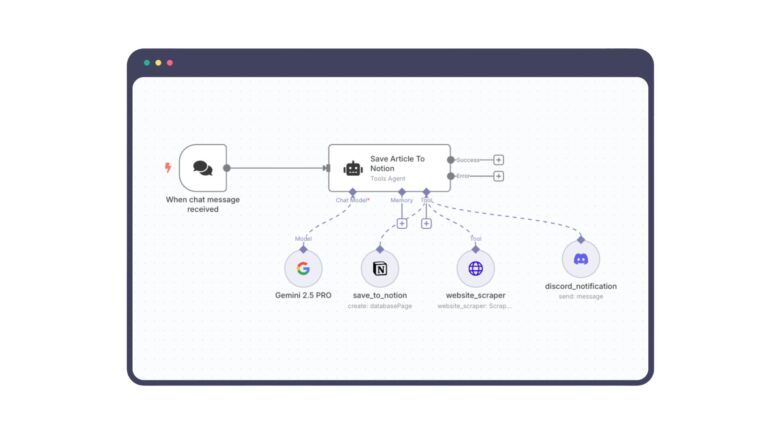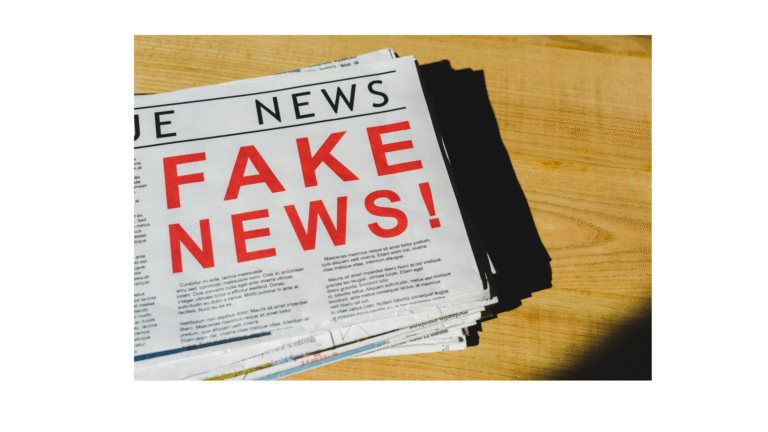Artificial Intelligence (AI) is evolving at breakneck speed, transforming industries, streamlining operations, and enhancing decision-making. But as AI systems ingest, process, and generate massive amounts of data, a critical question arises: Can privacy laws and compliance frameworks keep pace?
The Privacy Paradox in AI
AI thrives on data. The more it has, the better it performs. But privacy regulations, from GDPR to CCPA, are built on the premise of limiting data collection and ensuring user control. This creates a paradox—how do we balance AI’s hunger for data with privacy mandates?
Take, for instance, generative AI models like ChatGPT or AI-powered health diagnostics. These systems require vast datasets, including personal and sensitive information, to function effectively. Yet, compliance laws often struggle to define clear guidelines on how AI should ethically and legally handle such data.
Regulations Scrambling to Catch Up
Privacy laws were never designed with AI in mind. Most were crafted in an era when structured databases and manual processing were the norm. Today’s AI-driven world—where machine learning models make autonomous decisions and continuously adapt—has forced regulators into reactive mode.
Some key regulatory challenges include:
- Defining AI Data Ownership: If an AI system generates new insights from personal data, does that constitute new personal information?
- Automated Decision-Making & Transparency: Many privacy laws require explanations for data processing, but AI models, particularly deep learning, are often black boxes.
- Consent Mechanisms for AI Training: Should users explicitly consent to having their data used for AI training, and how practical is this at scale?
- Cross-Border Data Transfers: AI systems operate globally, while data protection laws remain regional. How do we ensure AI models comply with multiple jurisdictions?
Recent Developments: A Step in the Right Direction?
Governments and regulatory bodies are beginning to take AI privacy seriously:
🔹 The EU’s AI Act – A landmark regulation classifying AI systems based on risk levels, imposing strict rules on high-risk AI applications.
🔹 U.S. AI Executive Order – A directive emphasizing AI safety, privacy protections, and fairness in AI decision-making.
🔹 China’s AI Regulations – Stricter oversight on generative AI models, requiring security assessments before deployment.
These are steps forward, but are they enough? AI innovation isn’t slowing down, and compliance mechanisms must shift from reactive to proactive approaches.
Bridging the Compliance Gap
How can organizations and regulators ensure AI-driven privacy compliance?
✅ Privacy-by-Design in AI Development – Embedding privacy principles (like data minimization and differential privacy) into AI models from the outset.
✅ AI Governance & Risk Assessment – Developing internal AI compliance teams to monitor ethical risks, bias, and regulatory adherence.
✅ Greater Transparency & Explainability – Encouraging AI vendors to offer clearer insights into how models process and use personal data.
✅ Dynamic, AI-Specific Regulations – Moving beyond rigid, one-size-fits-all laws toward adaptable, AI-native compliance frameworks.
AI as an Advantage for Governance, Risk, and Compliance (GRC)
Rather than viewing AI as a challenge to compliance, organizations can leverage AI to enhance their Governance, Risk, and Compliance (GRC) functions:
🔹 Automated Compliance Monitoring: AI-driven tools can scan vast amounts of data in real-time to detect potential compliance violations, reducing the burden on human teams.
🔹 Regulatory Change Tracking: AI can continuously track evolving laws and regulations worldwide, ensuring organizations stay ahead of compliance requirements.
🔹 Risk Prediction & Mitigation: Machine learning models can analyze historical data to predict compliance risks and suggest proactive mitigation strategies.
🔹 Automated Audits & Reporting: AI can streamline compliance audits by automating data collection, analysis, and reporting, ensuring regulatory adherence with minimal effort.
🔹 Enhanced Data Protection Mechanisms: AI-powered privacy tools can enable techniques like differential privacy and federated learning to process sensitive data securely.
By embracing AI within compliance frameworks, organizations can turn regulatory challenges into competitive advantages—ensuring that AI-driven innovations align with evolving privacy standards.
Final Thought: Compliance or Cat-and-Mouse Game?
AI’s rapid evolution presents a moving target for regulators. While privacy laws are tightening, they still lag behind AI’s capabilities. The future of compliance will depend on agile regulations, proactive governance, and a collective effort to embed privacy into AI’s DNA.
So, can compliance keep up? It has no choice. But whether it leads the charge or remains in AI’s shadow will shape the next era of digital privacy.








